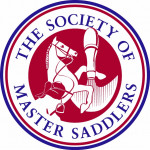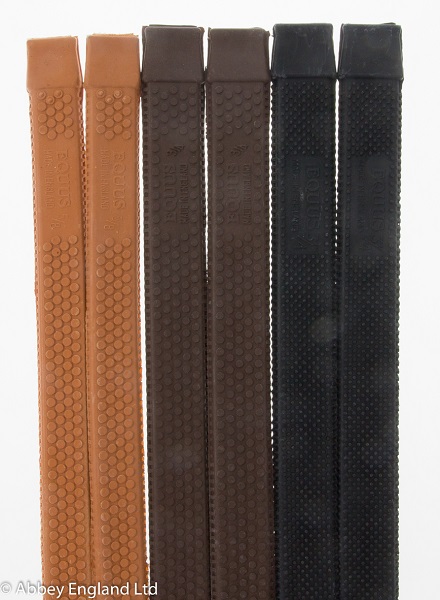Posted: 4th January 2019 | Back to news feed

Reins - connected on either side of the bridle to the bit and attached to one another near the horses withers, this forms a loop to make the reins.
Reins are an important piece of tack on the bridle as it is one of the riders methods of communication to the horse.
Depending if you have a horse or pony, a full size rein should be 1.5m in length and for a pony 1.3m. For jumping or flat racing the full size rein will need to be shorter in length to 1.4m, for when a shorter hold is needed. Most reins now are sold in four sizes: pony, cob, full and extra-full.
Rein widths is also an area to consider so it matches the width of your bridle, the size of your horse or pony and fits to the size of your hands.

There is a wide range and variety of reins all suited for different needs and riding disciplines so it is important to choose something that is comfortable and appropriate. The different types of reins include:
Plain – Made out of leather, these reins are smooth with no styling or features like hand stops etc. Generally the reins are quite thin and flexible, offering a nice connection to the horse’s mouth and present a clean look. Most riders often use plain reins as a curb rein with a Weymouth or as a main rein in dressage.
Full rubber-grip – Favoured for show jumping and eventing, these reins are covered in rubber to provide soft grip without losing durability. Another great feature is that the reins are ideal for all weather conditions, because the rubber does not take on any water therefore drying almost instantly. Because of the rubber covering the reins can come in an array of colours.

Continental – Continental reins are web reins with leather markers spaced out on the reins, which make it easier for riders to hold them or if they truggle to keep their hands even. The web reins are lightweight, soft and flexible because they are made from cotton and are generally used for everyday flatwork/schooling.
Laced Reins – These leather reins are often seen on hunter bridles because they provide good grip thanks to the laced pattern design sewn in. The overlaid laced leather also gives a nice traditional styling commonly used in showing.
Plaited – Five strips of leather are plaited together to form one single strap which becomes the rein and a natural surface to grip whilst looking smart.
Half Rubber – Similar to the full rubber reins, only one side of the rein is covered in thin rubber, which is favoured among dressage riders as that provides the grip. They are also thinner to eliminate bulk for a close connection with the horse’s mouth.
For more information visit www.mastersaddlers.co.uk or contact The Society of Master Saddlers on 01449 711642.
The Equestrian Index newsfeed is compiled from articles submitted by advertising members and expresses the opinions of those members. Watsons Directories Ltd shall not be held liable for any inaccuracies or mis-statements therein.